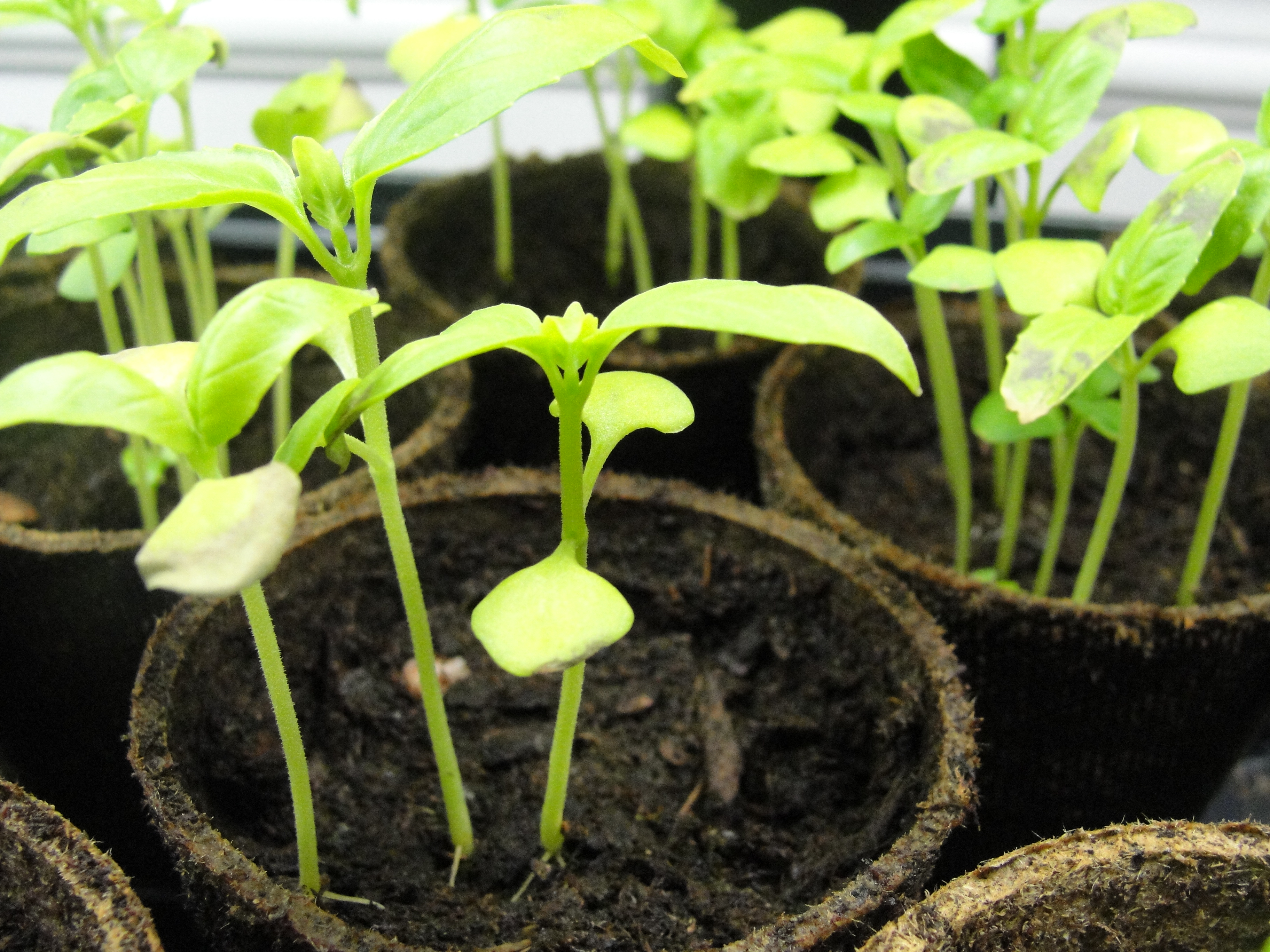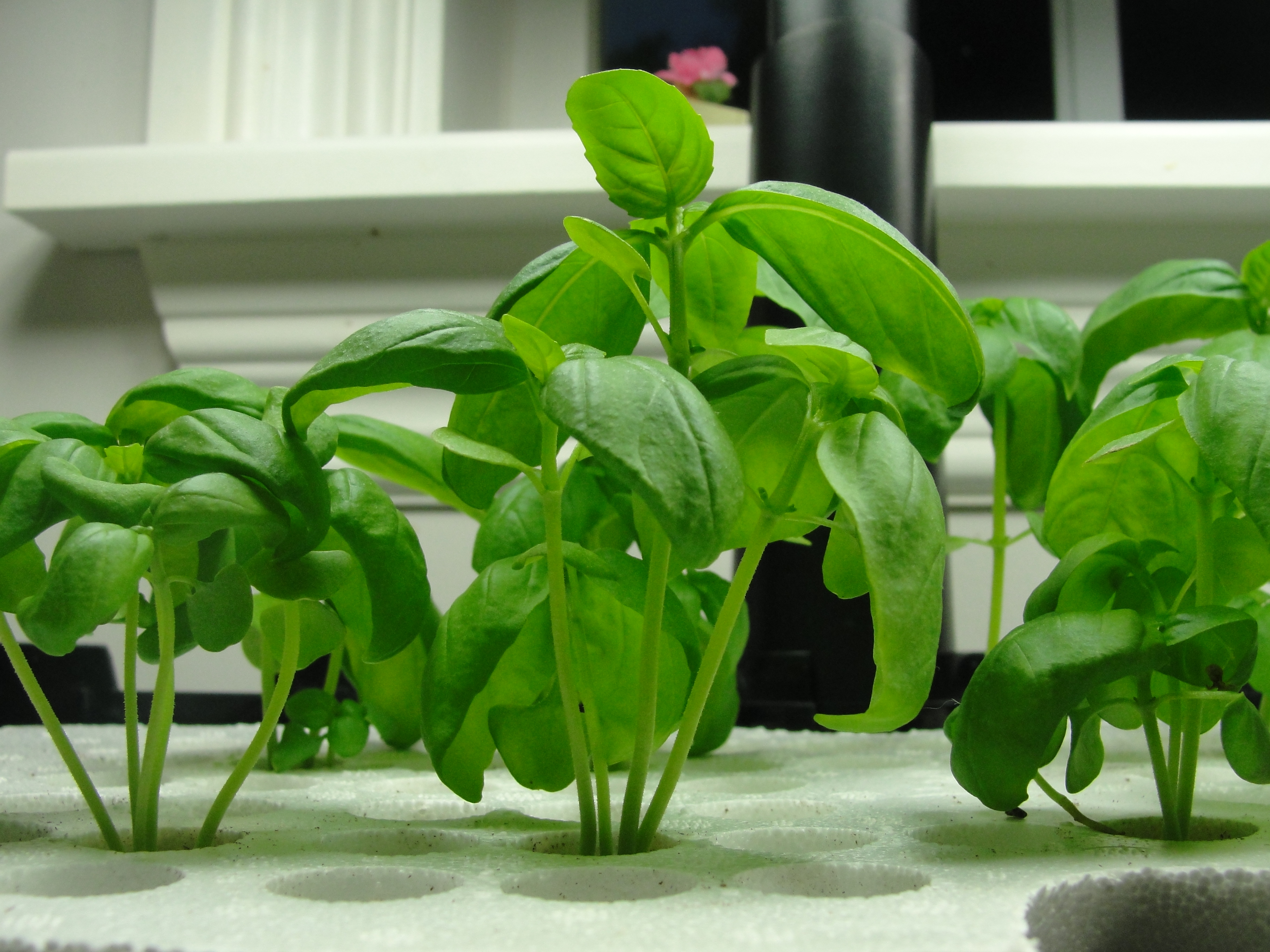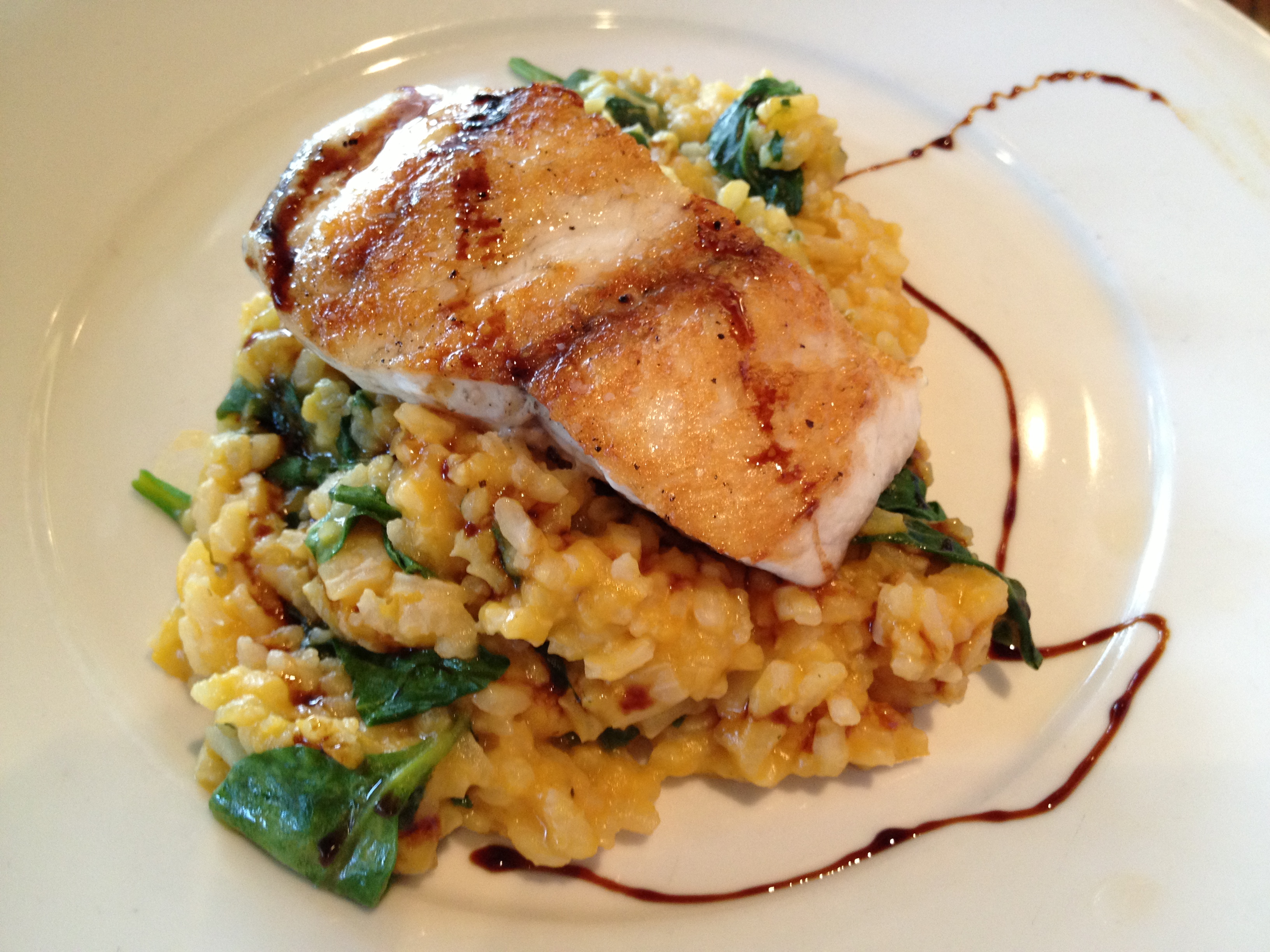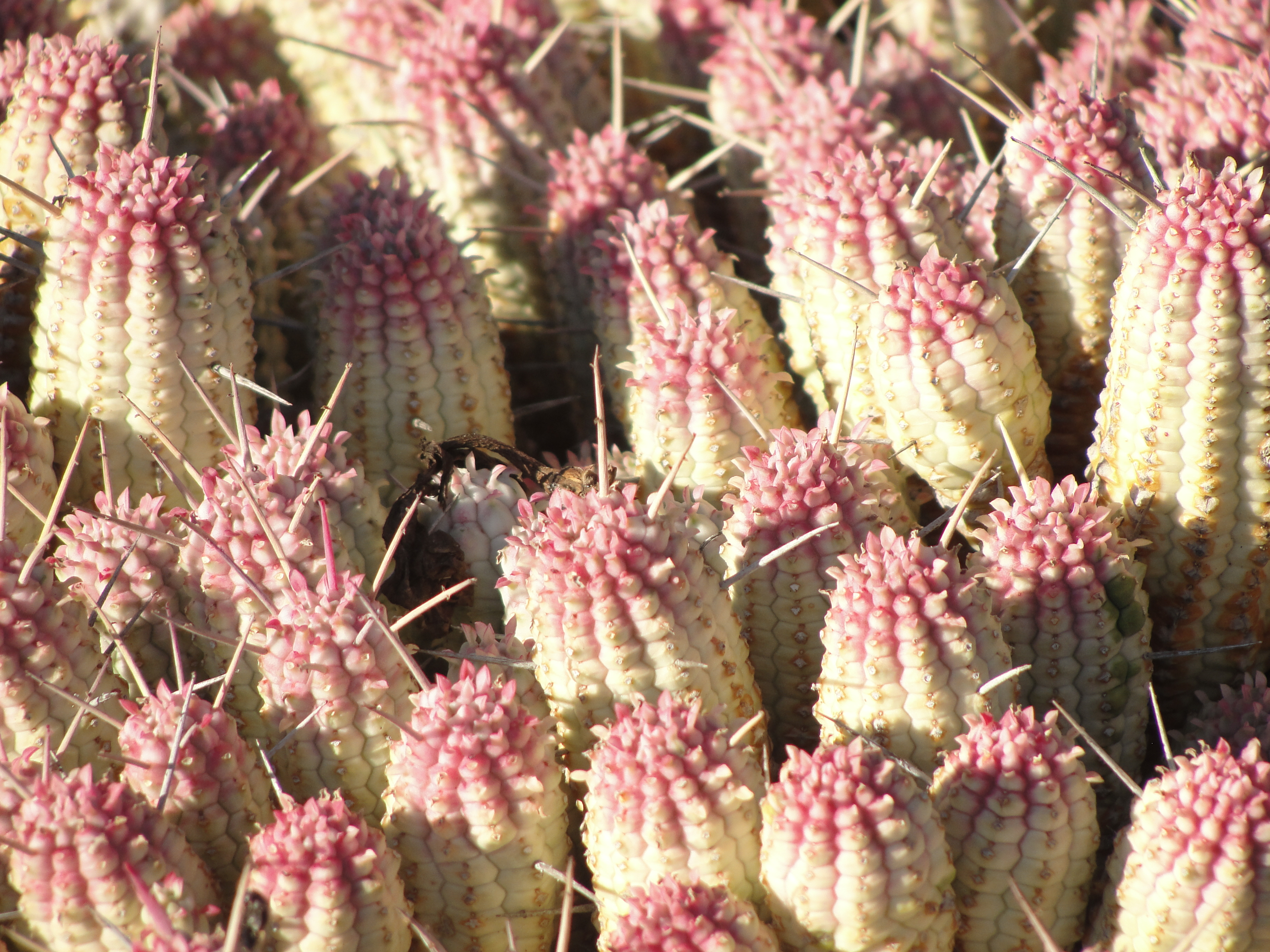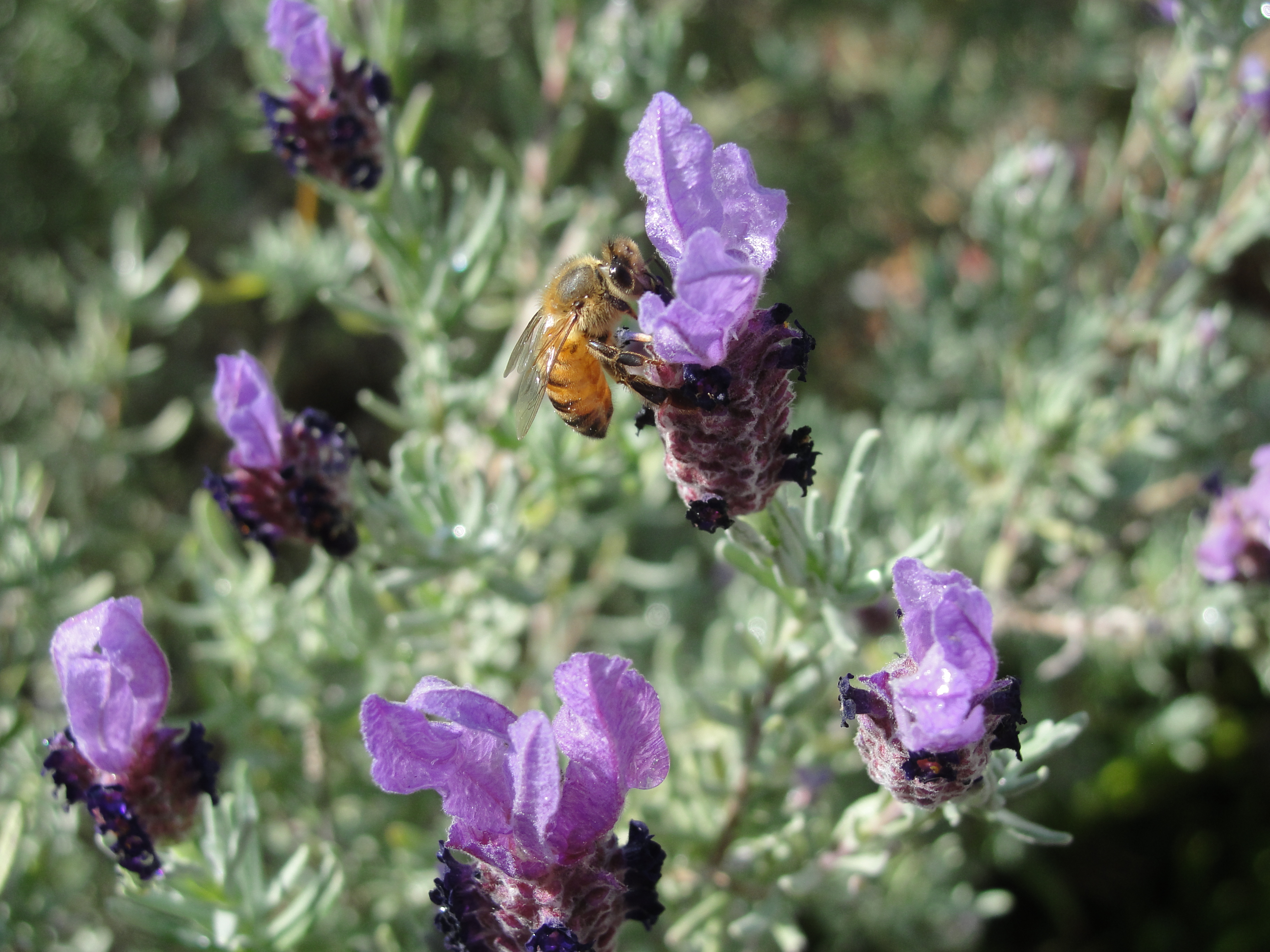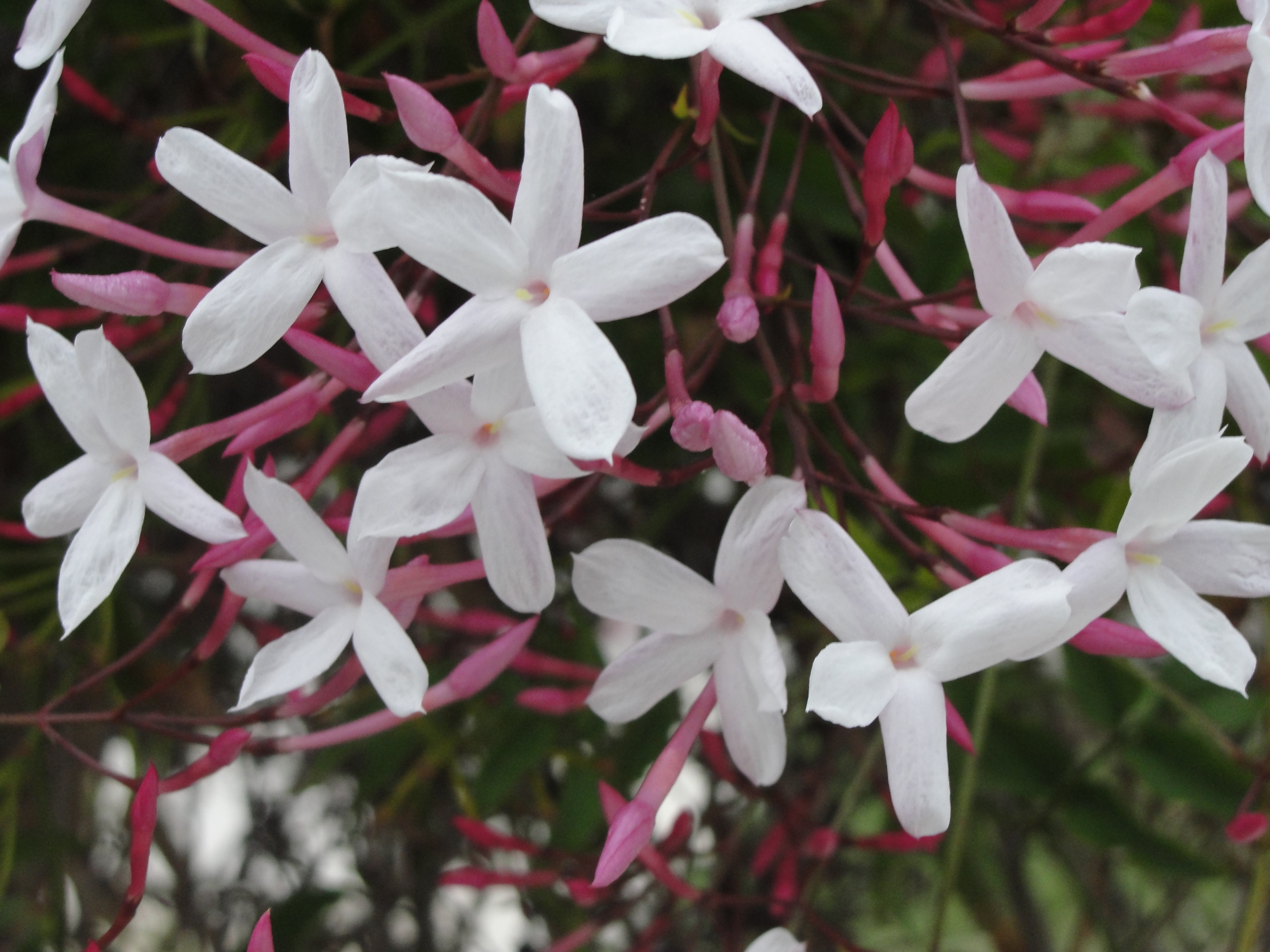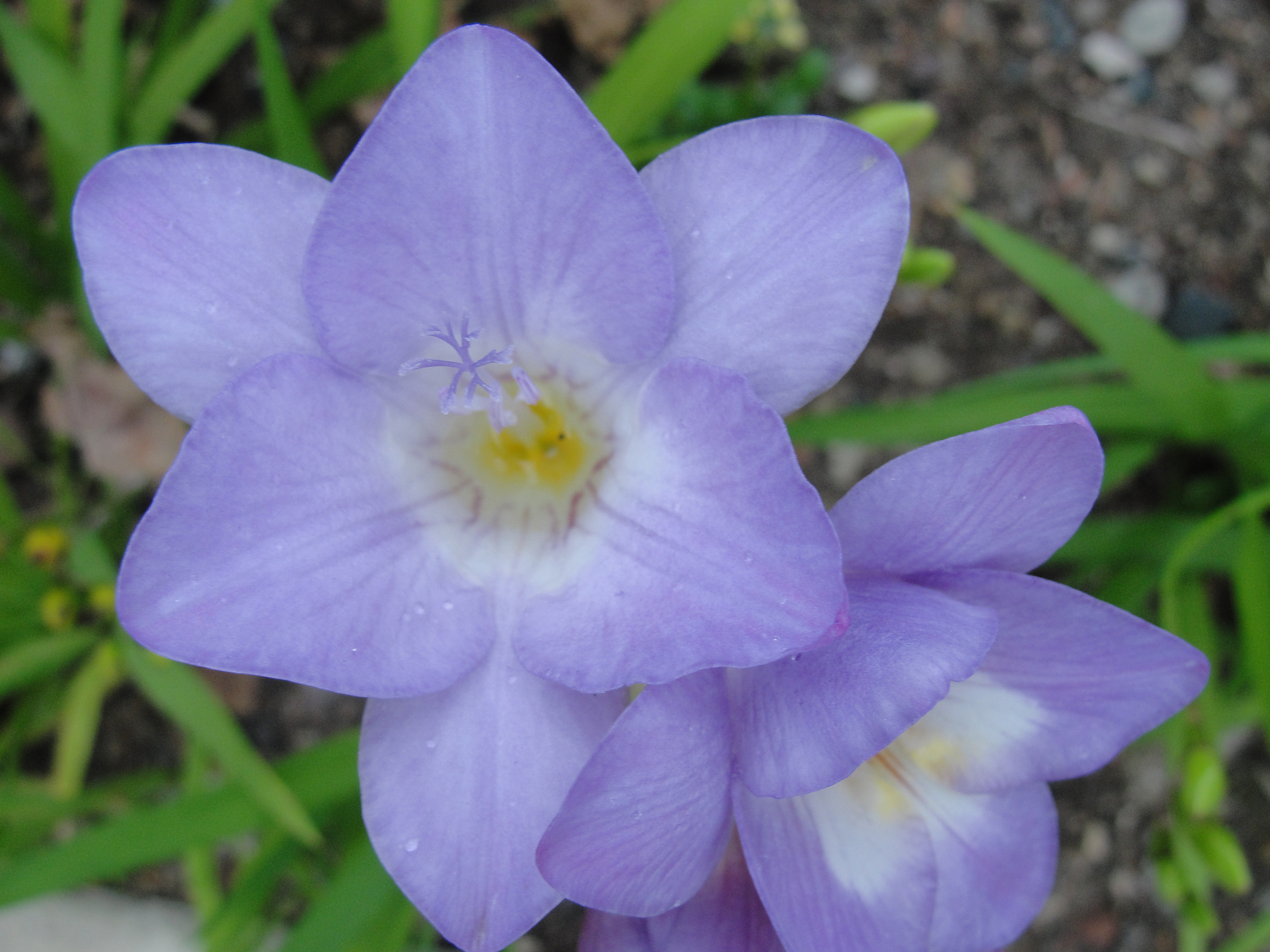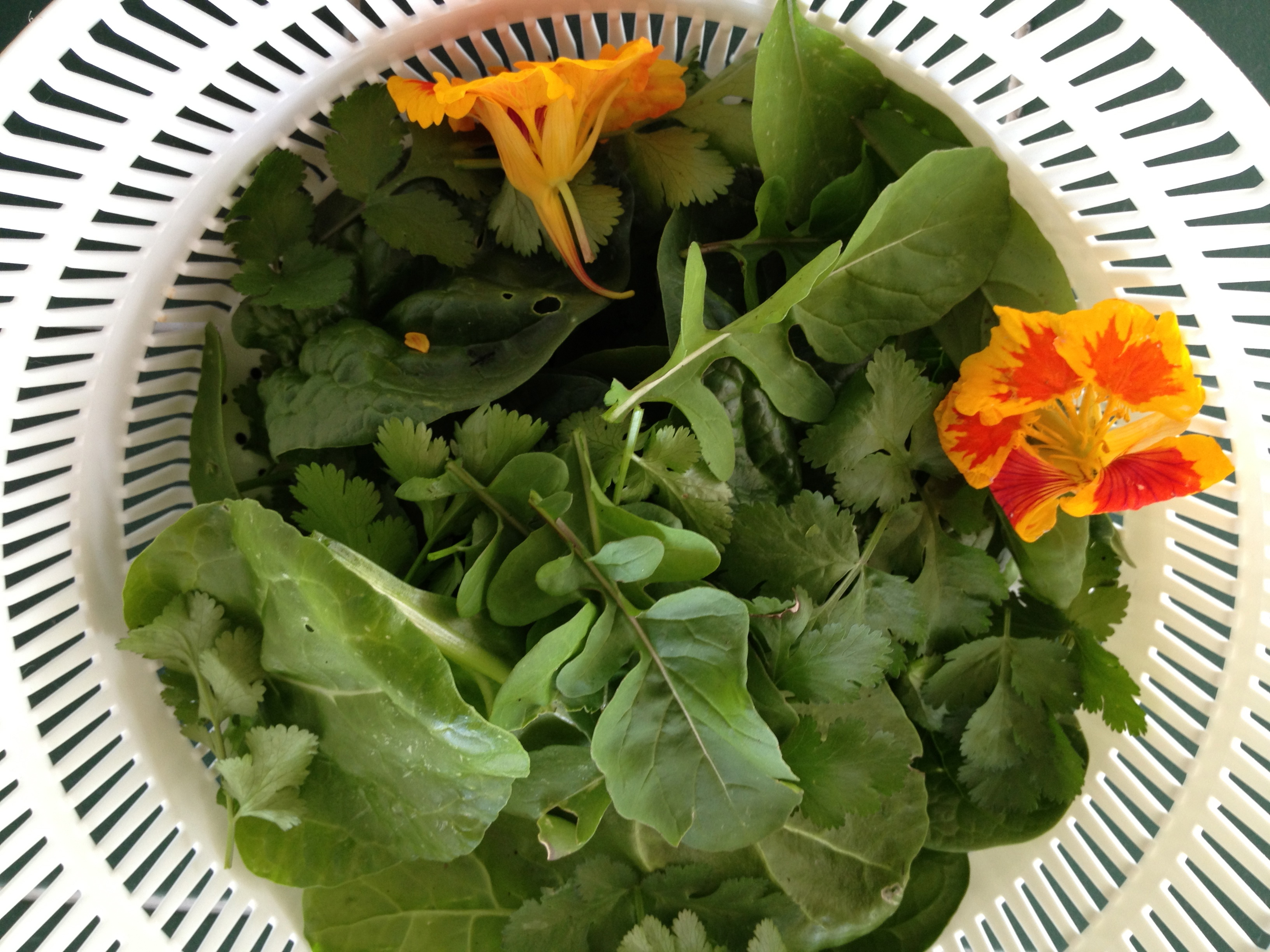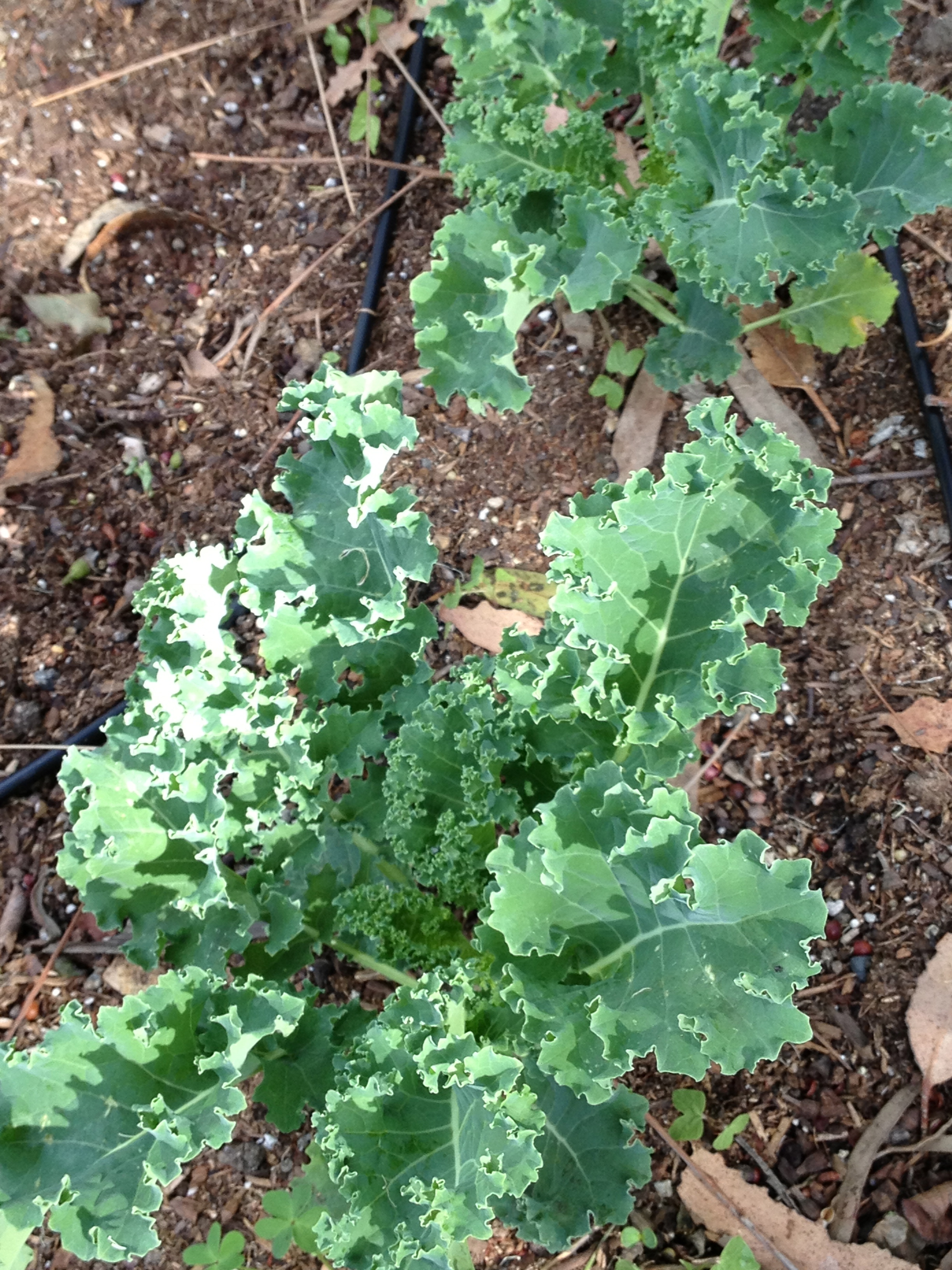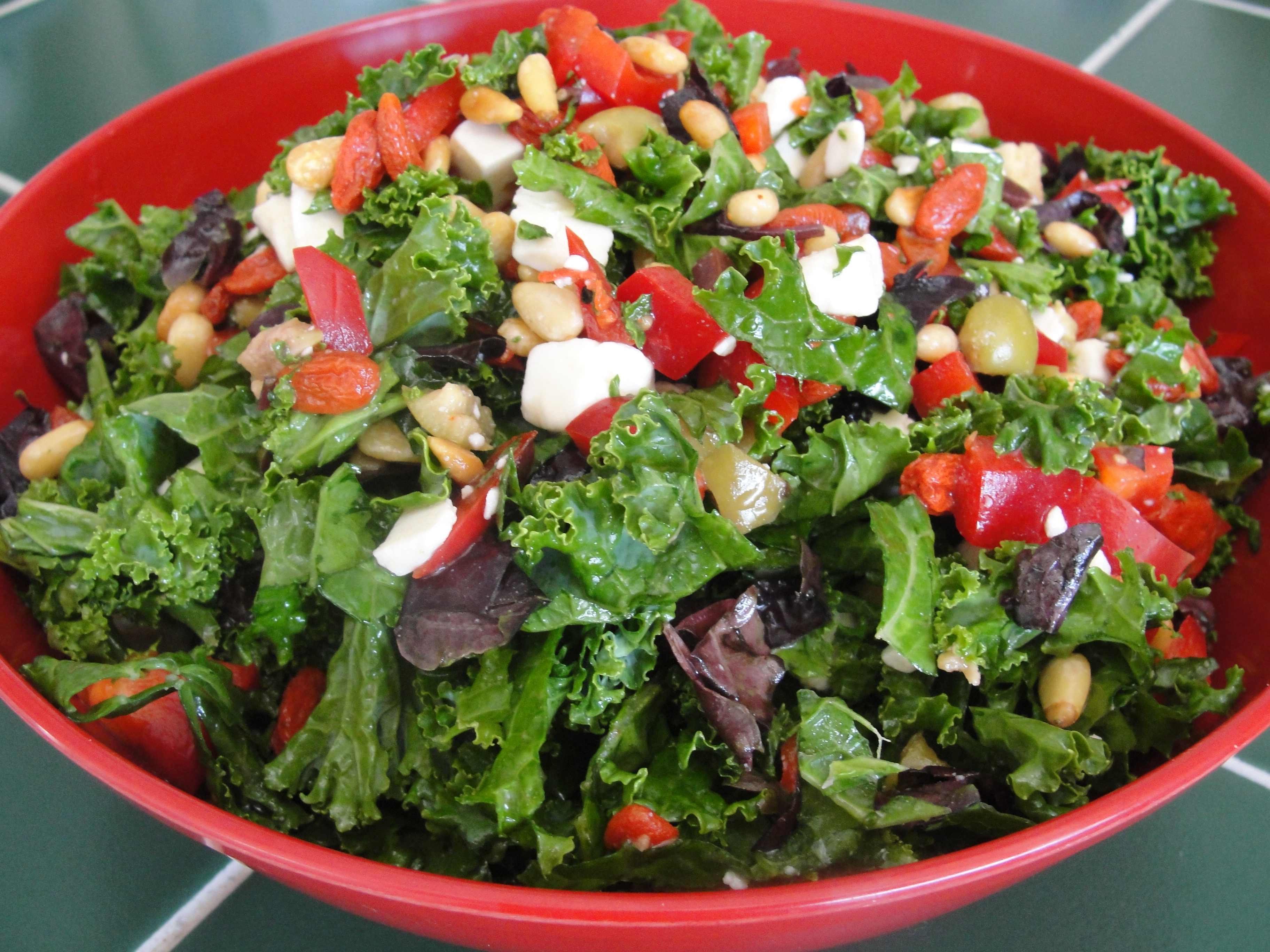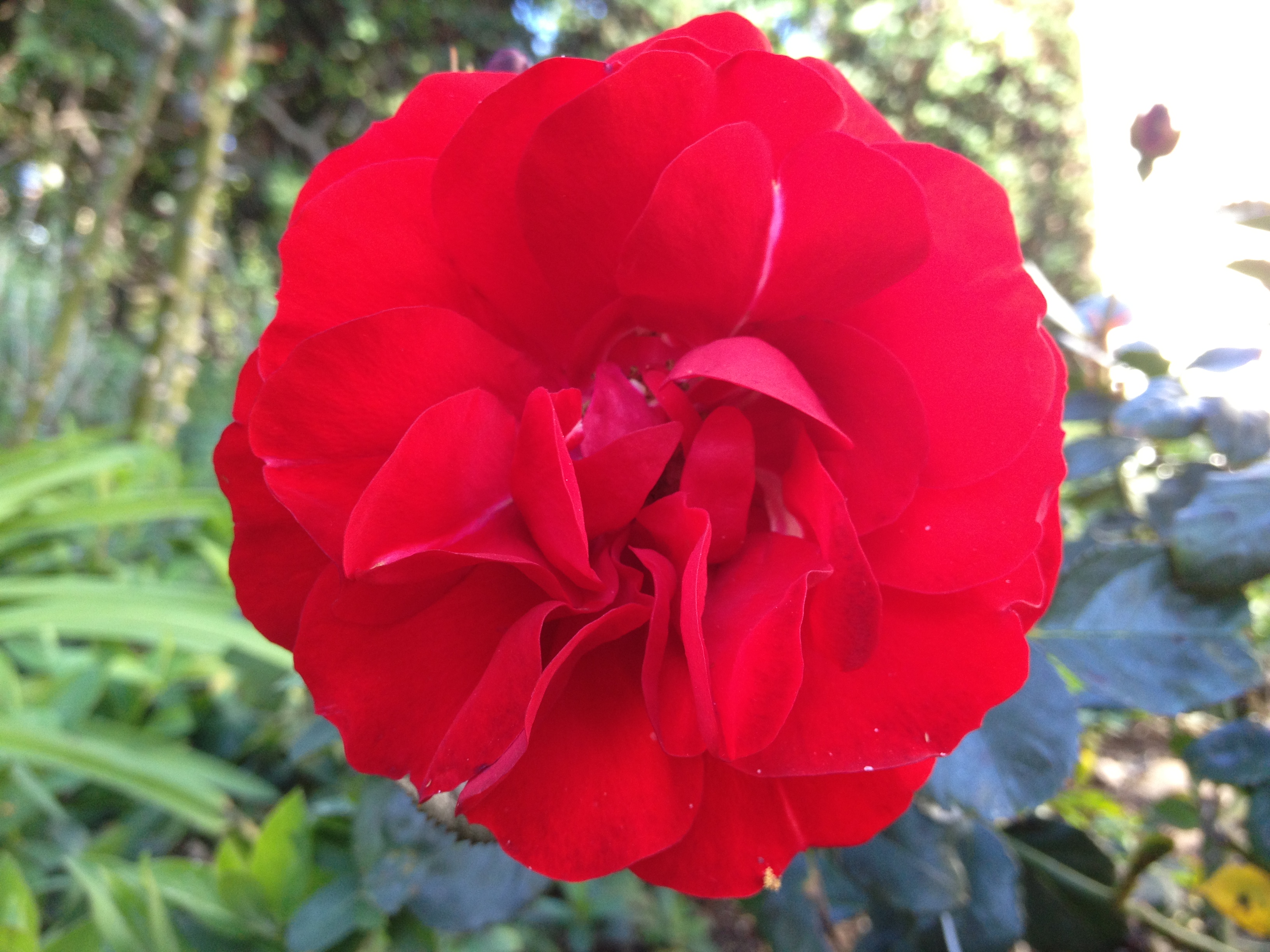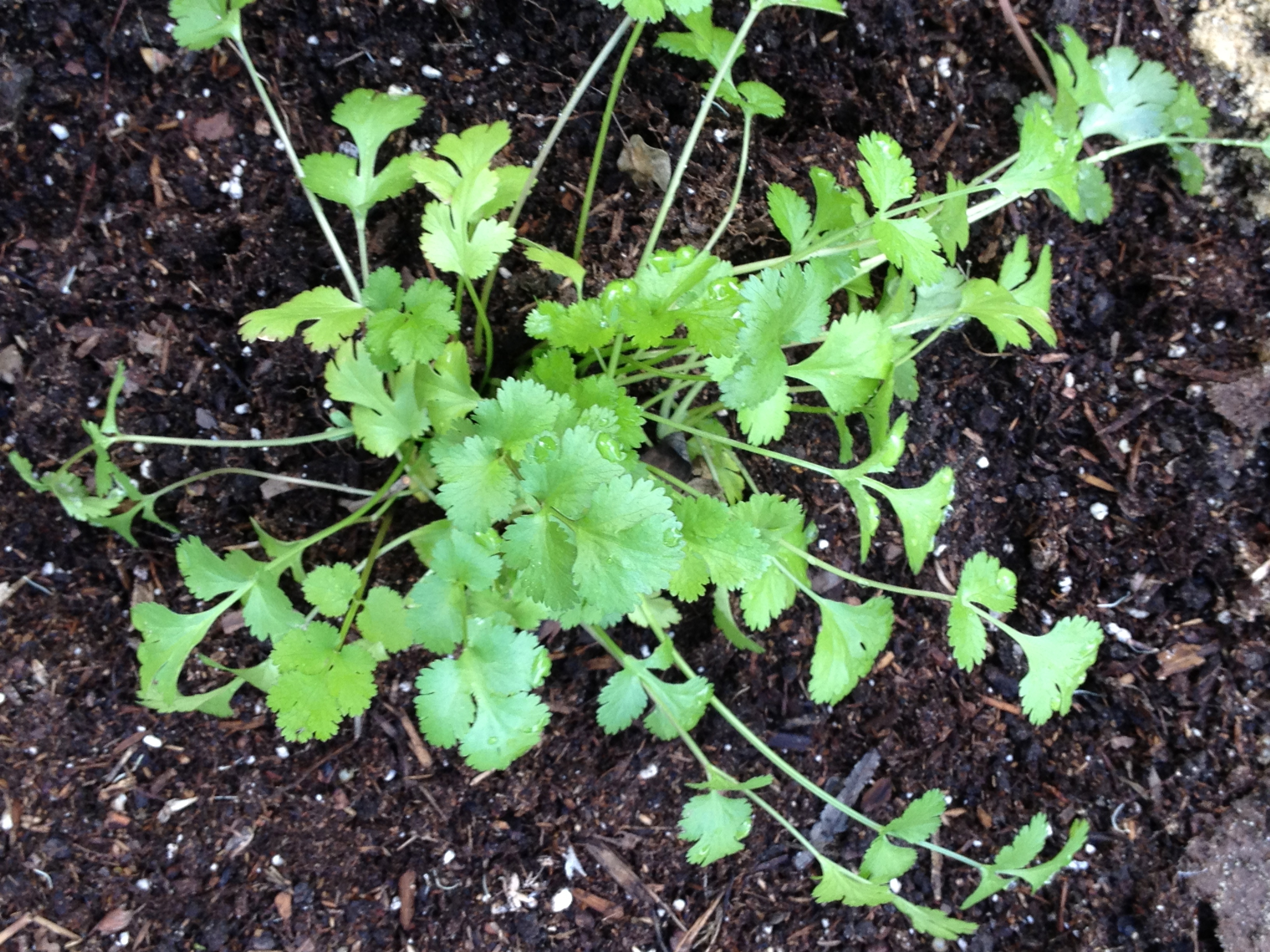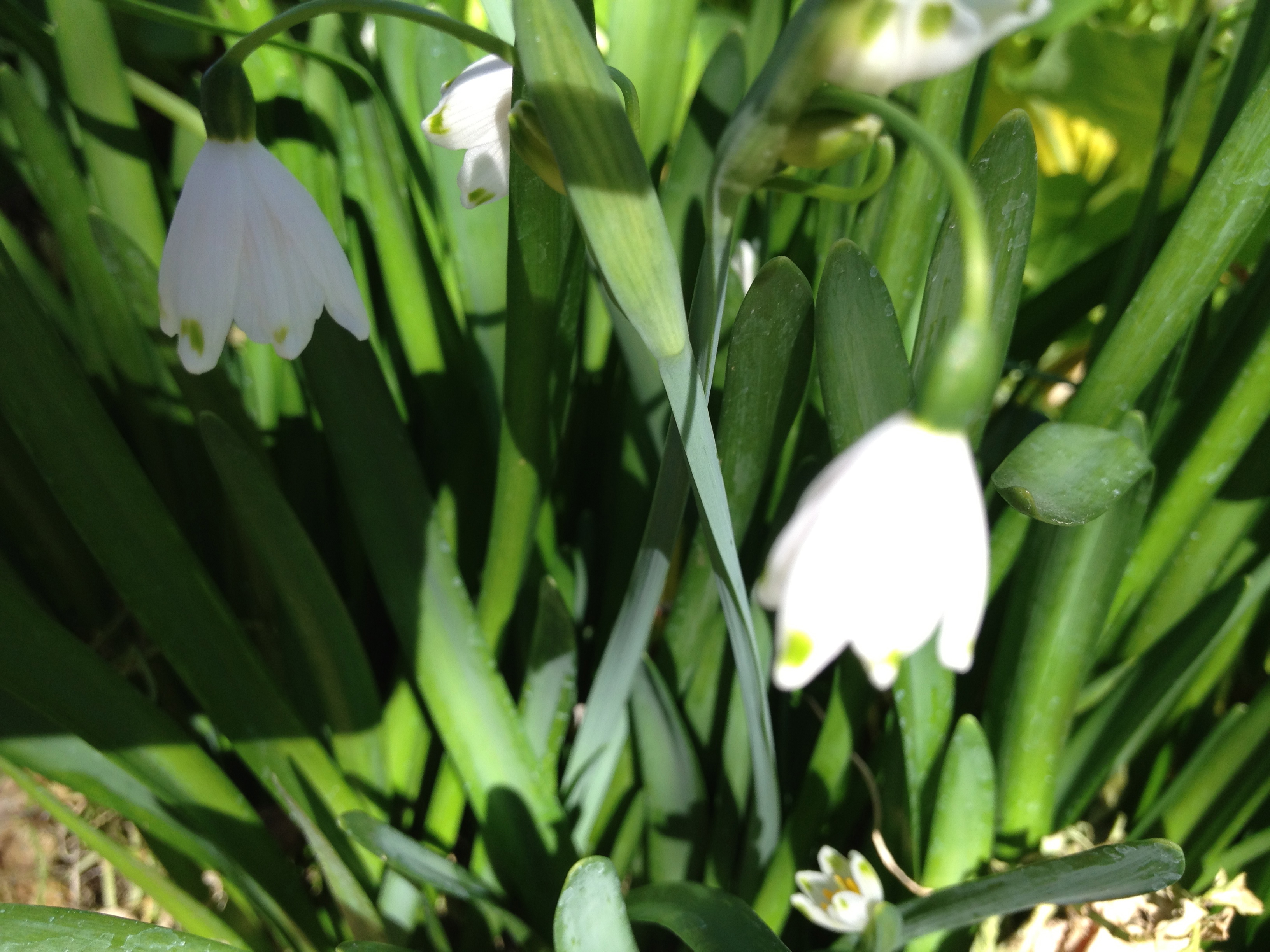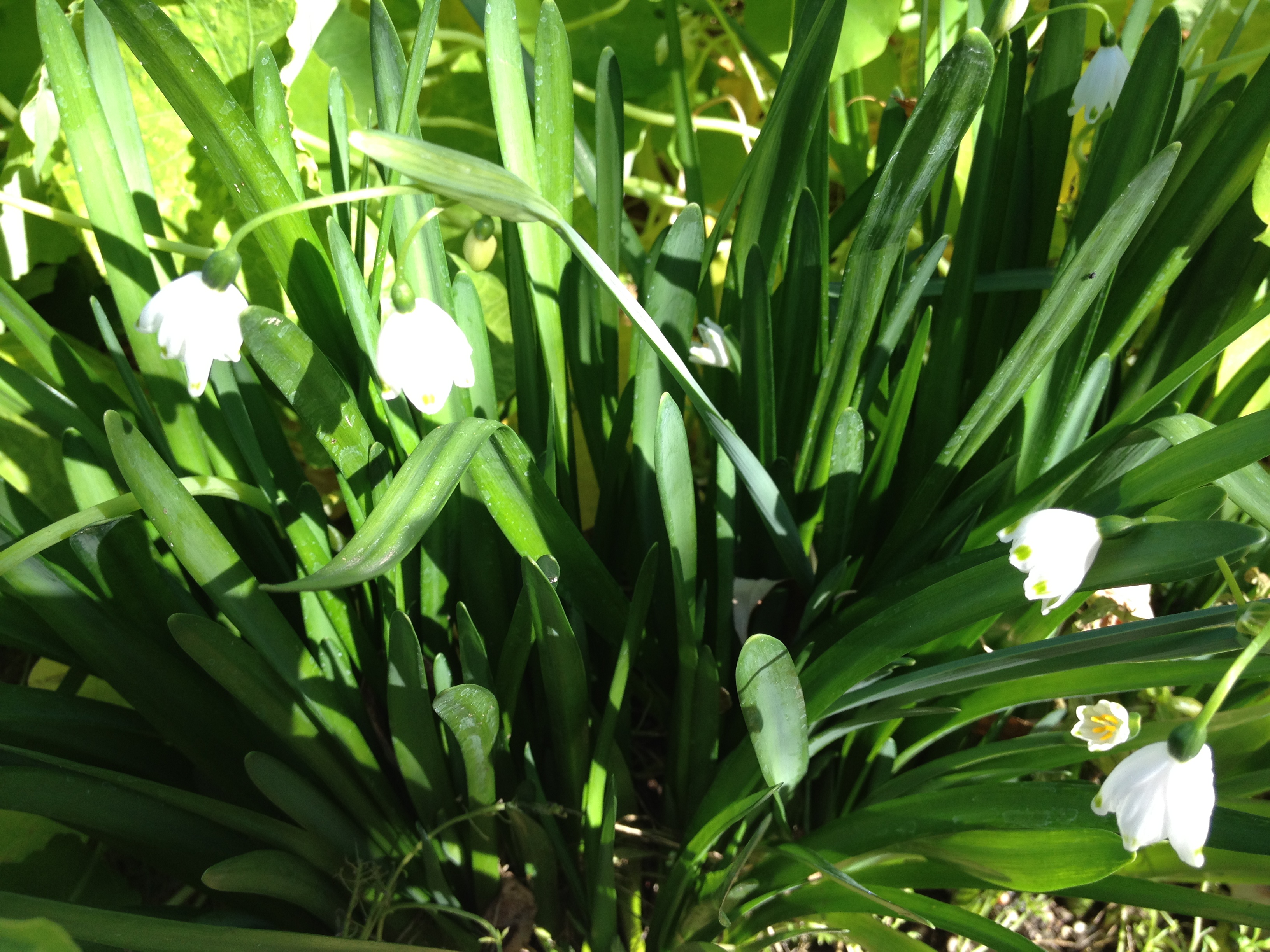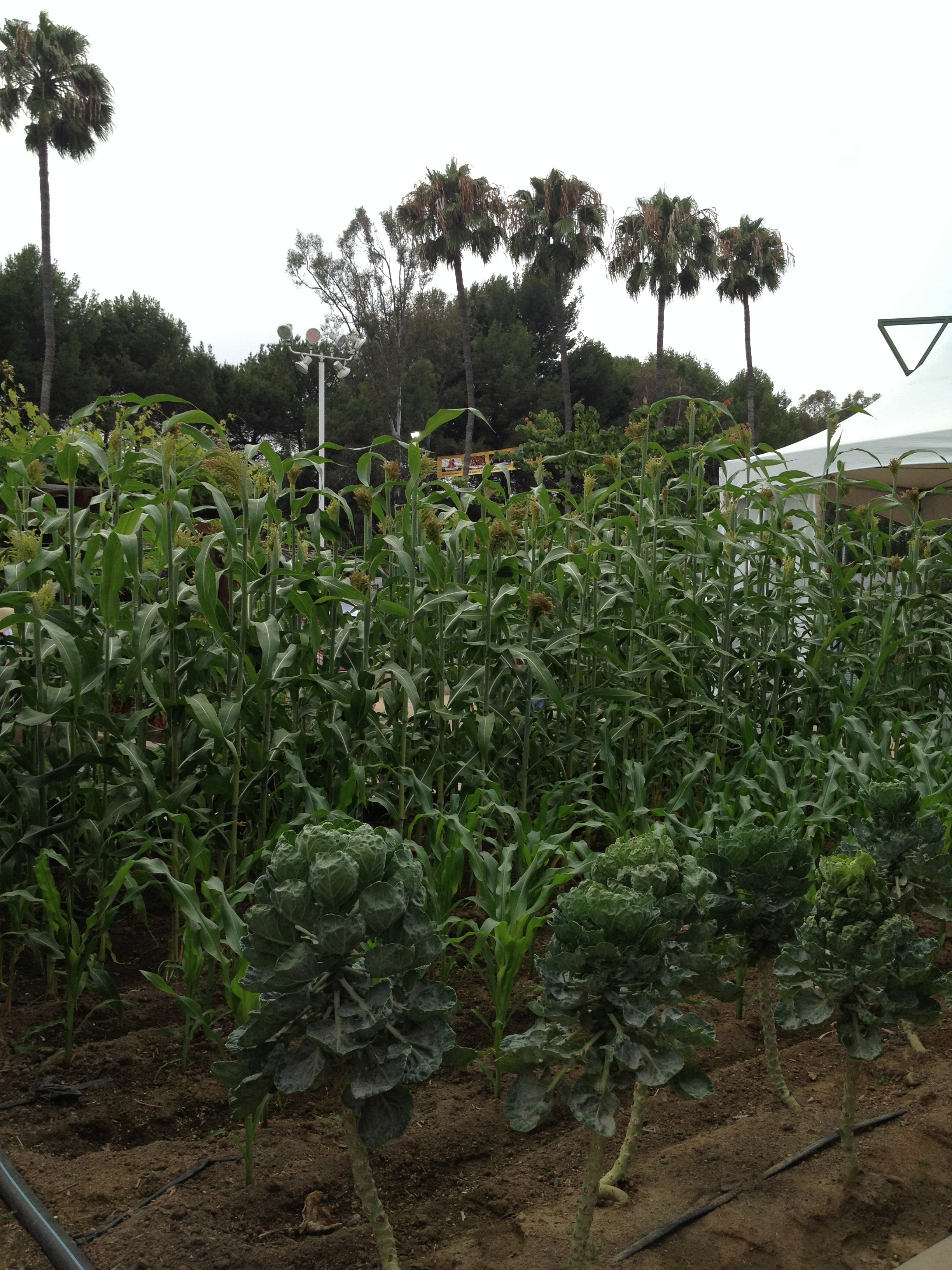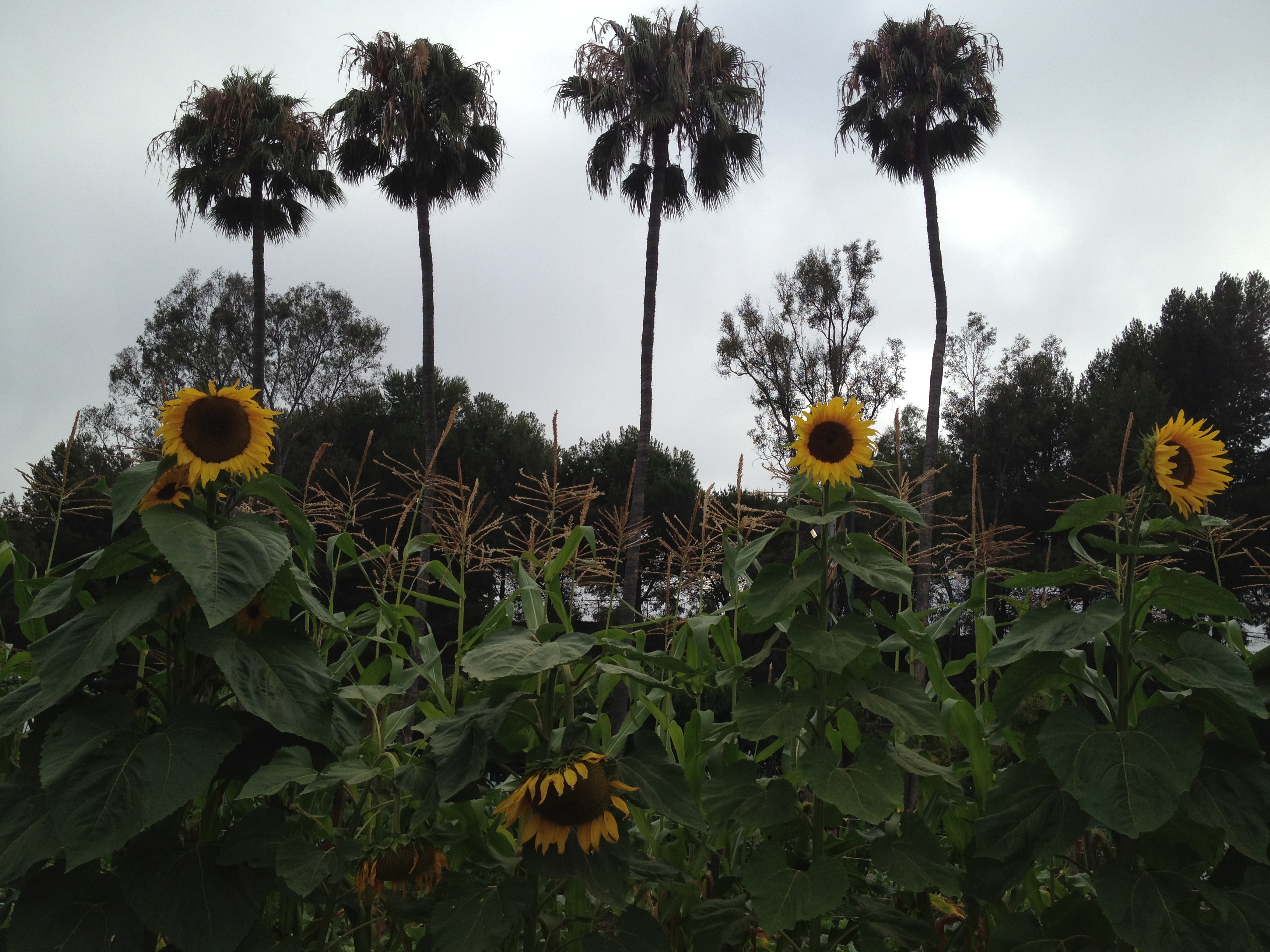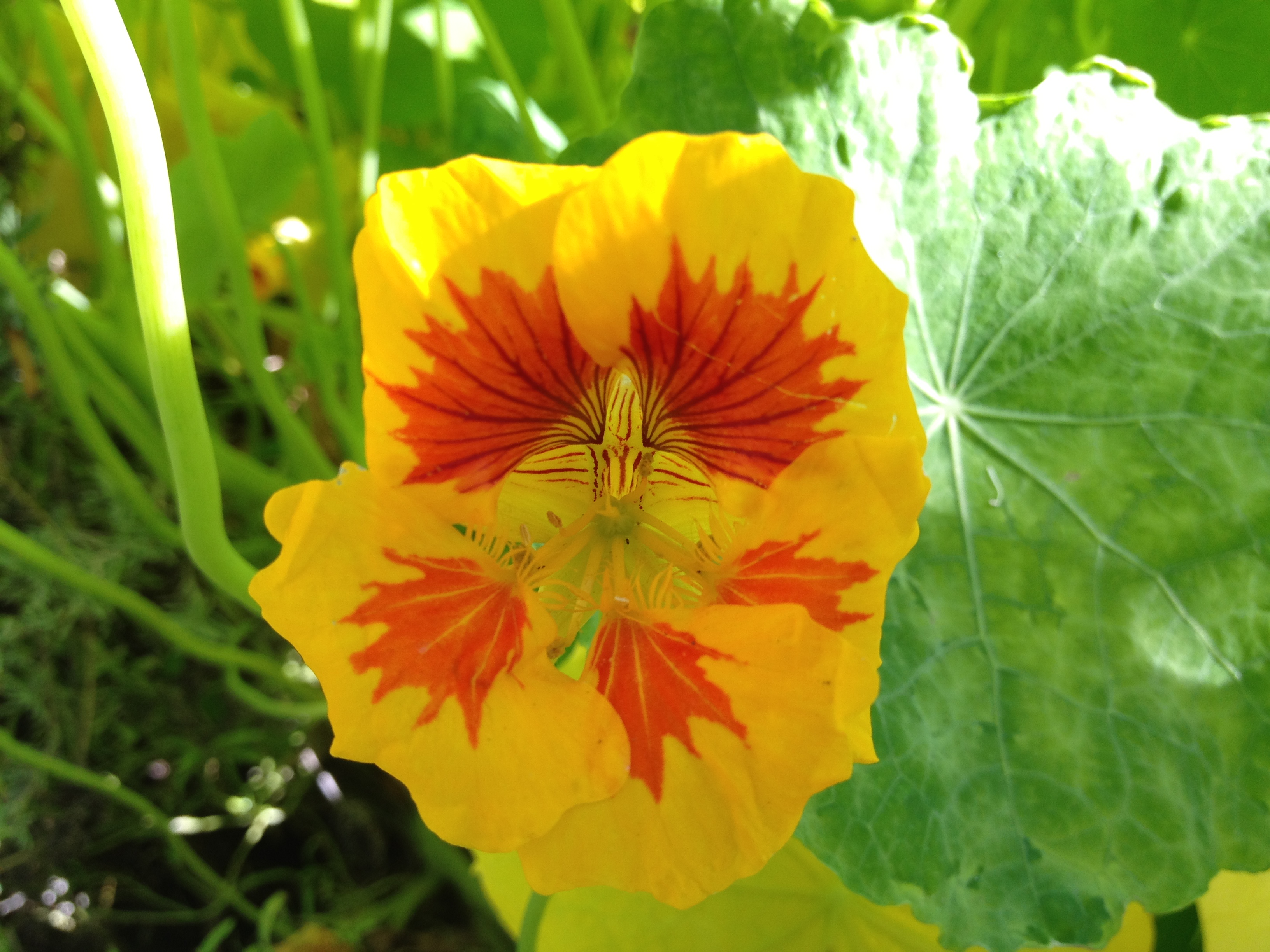Basil Recipe #1
You knew I had to add some recipes!!
We garden to harvest and we gather our produce to EAT!
And what better way to travel the world and other traditions than through food. I know that is part of the attraction for me. Perhaps, for you as well.
In Italy, pesto is synonymous with basil and in France, pistou. Greeks pair it with feta or goat cheese and the Thai, with shrimp.
There is such a mélange and fusion frenzy as of late on the cooking scene. As our Earth shrinks with global exposure on the Internet, our hunger expands and our tastes diversify.
I love to take classic cooking and meander, tweak and merge cultural flavors or techniques and blend them into something new.
May you take a generous mindset and outlook when you play with your food.
Pesto alla Genovese
– 4 cups loosely packed fresh basil leaves, washed and spun dry
– 2-4 cloves garlic, peeled
– ½ cup pine nuts or walnuts
– ½ – ¾ cup freshly grated Parmesan cheese
– up to ½ cup extra virgin olive oil
When I was younger, I prepared the pesto by finely chopping the basil, pounding the garlic, nuts and a pinch of salt in a mortar with a pestle. I would gradually add the cheese, stirring carefully and add the olive oil in a trickle, blending well.
Along came the food processor and I owned my first one after college. I never looked back and now make my pesto by adding the first four ingredients and whirling till coarsely chopped. Then add the oil through the machine’s chute slowly, while blending.
Pesto is superb mixed in with hot pasta or cooked veggies. Brush it on chicken or fish towards the end of baking or stir a dollop into soup. It’s so versatile – use it in stuffing for tomatoes, eggplant or zucchini, spread it on hot fresh bread or add it to homemade salad dressing. It lasts for at least one week refrigerated. It will turn brownish when exposed to oxygen, so top it off with a layer of olive oil when storing.
I just spotted large leafed fresh basil at Trader Jo’s so no need to wait!!! 5 ingredients and minutes to the table!! Have some healthy pesto!!!
Buen Provecho.

